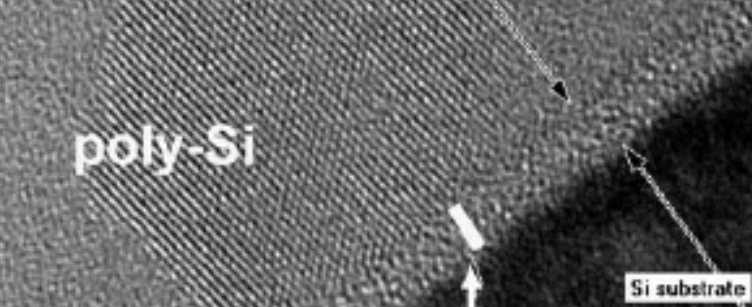TEM vs SEM: A Detailed Comparison

Discover the key differences between Transmission Electron Microscopes (TEM) and Scanning Electron Microscopes (SEM) in this comprehensive comparison.
Overview of TEM and SEM
Transmission Electron Microscopes (TEM) and Scanning Electron Microscopes (SEM) are both powerful tools used in the field of microscopy. They provide scientists with a way to examine samples at a very high resolution, allowing for detailed analysis of their structure and composition.
TEM works by transmitting a beam of electrons through a thin sample, while SEM uses a focused beam of electrons to scan the surface of a sample. This fundamental difference in their operating principle gives rise to various advantages and disadvantages of each technique.

Principle of Operation
The principle of operation of TEM involves passing a beam of electrons through a thin sample. As the electrons pass through the sample, they interact with its atoms, resulting in scattering, absorption, and diffraction. These interactions provide valuable information about the sample's structure and composition, which can be captured by detectors and used to generate an image.
On the other hand, SEM operates by scanning a focused beam of electrons across the surface of a sample. The electrons interact with the atoms on the surface, causing secondary electrons to be emitted. These emitted electrons are then detected and used to construct an image of the sample's surface topography.
Resolution and Magnification
When it comes to resolution and magnification, TEM has the advantage over SEM. TEM can achieve higher resolution due to its ability to transmit electrons through the sample, allowing for detailed imaging of the sample's internal structure. It can achieve resolutions as low as 0.1 nanometers, making it ideal for studying nanoscale materials and biological samples.
On the other hand, SEM provides lower resolution compared to TEM. It is better suited for imaging the surface topography of samples, with resolutions typically ranging from 1 to 10 nanometers. However, SEM can provide higher magnification capabilities, allowing for detailed examination of the sample's surface features.
Sample Preparation
Sample preparation is an important aspect of both TEM and SEM imaging. In TEM, samples need to be prepared as thin sections, typically less than 100 nanometers thick, in order to allow electrons to pass through. This often involves techniques such as ultramicrotomy or ion milling.
In contrast, SEM requires samples to be conductive in order to prevent charging effects during imaging. This can be achieved by coating the sample with a thin layer of conductive material, such as gold or carbon. Sample preparation for SEM is generally simpler compared to TEM.
Applications and Limitations
TEM is widely used in various fields of research, including materials science, biology, and nanotechnology. It enables researchers to study the atomic and molecular structure of materials, investigate the internal structure of biological samples, and analyze nanoparticles and nanomaterials.
On the other hand, SEM is commonly used for surface analysis and characterization. It is particularly useful for studying the topography of materials, examining the morphology of biological samples, and performing elemental analysis using energy-dispersive X-ray spectroscopy (EDS).
Despite their advantages, both TEM and SEM have limitations. TEM requires thin samples and is sensitive to beam damage, making it challenging for some samples. SEM, on the other hand, cannot provide information about the internal structure of samples and is limited to imaging the surface.




